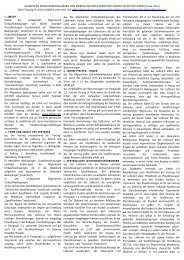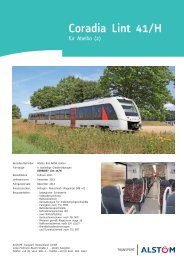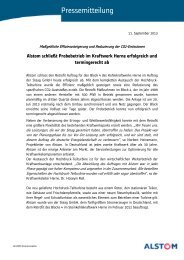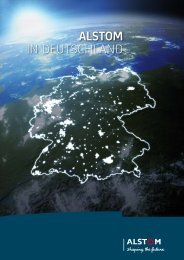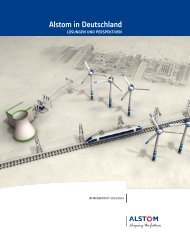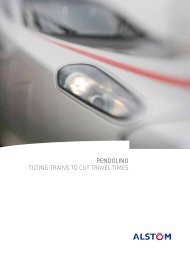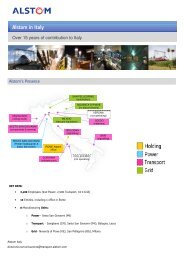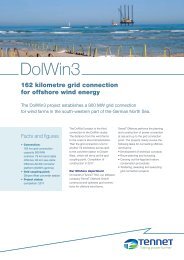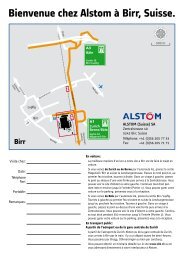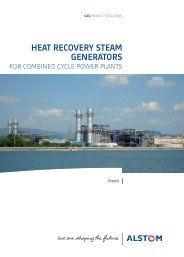MOROCCO IS ACCELERATING! feature - Alstom
MOROCCO IS ACCELERATING! feature - Alstom
MOROCCO IS ACCELERATING! feature - Alstom
You also want an ePaper? Increase the reach of your titles
YUMPU automatically turns print PDFs into web optimized ePapers that Google loves.
10<br />
<strong>feature</strong><br />
“I saw steel horses fl ying through the desert… Their passage like<br />
that of time... If one day you meet these horses, say to yourself that<br />
the future has arrived at a gallop.” The advertising message of<br />
the ‘Offi ce national des chemins de fer du Maroc’ (ONCF) rings<br />
like a superb allegory. It clearly indicates the Moroccan State’s<br />
determination to continue the unprecedented modernisation<br />
programme begun nearly a decade ago and to equip the country,<br />
in the next few years, with very high-speed rail services.<br />
Dossier prepared by Catherine Fressoz and Éric Dumoulin<br />
On gaining independence in 1956, Morocco<br />
inherited 1,907 kilometres of railway track built<br />
at the beginning of the twentieth century<br />
(ref. box opposite). This network runs like<br />
a long corridor connecting, from east<br />
to south, Oujda, near the Algerian frontier,<br />
with Marrakech via Fes, Kenitra, Rabat and<br />
Casablanca. Branch lines serve Tangiers<br />
in the north, Safi and El Jadida on the Atlantic<br />
coast and Oued-Zem and Bouarfa inland.<br />
All the country’s major cities and its main<br />
ports are served, with the exception of Nador,<br />
in the north. On the other hand,<br />
beyond Marrakech, there is nothing...



